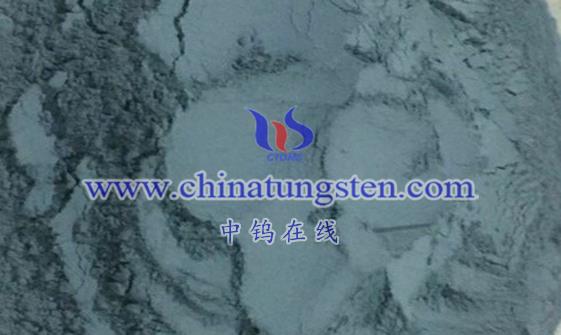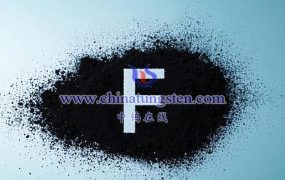
The preparation methods for nanometer cesium tungsten bronze (CsxWO3) dispersion liquid are diverse, with each method tailored to specific requirements for particle size, stability, and application. Below is a detailed discussion of a typical preparation method, followed by a brief overview of other commonly used methods.
Typical Preparation Method
Step-by-Step Process:
- Preparation of Precursors
- Add precursor solvent (e.g., water or organic solvent) to a mixing vessel and initiate stirring.
- Introduce an appropriate dispersant to enhance the dispersion and stability of the nanoparticles.
- Addition of Powder and Heating
- Introduce precursor powder (e.g., compounds containing cesium and tungsten) into the vessel using a vacuum feeder or similar device.
- Heat the mixture to approximately 2050°C and maintain the temperature for about 25 hours with continuous stirring. This step ensures the formation of CsxWO3 nanoparticles in the liquid.
- Bead Milling (Particle Size Refinement)
- Transfer the liquid to a bead mill for further particle size reduction.
- Gradually feed material during bead milling until the desired particle size is achieved (e.g., D50 = 0.01–0.02 μm, D100 = 0.04–0.1 μm).
- Filtration and Storage
- Filter the milled liquid using a ceramic-lined stainless steel filter to remove any agglomerates.
- Store the filtered liquid in a sealed plastic container.
- The resulting dispersion liquid is characterized by uniform particle size, high transparency, and excellent stability.
Other Preparation Methods
- Hydrothermal Method
- Raw Materials: Sodium tungstate, cesium sulfate, or other similar compounds.
- Process: Dissolve the raw materials in water, adjust concentrations, and subject the mixture to hydrothermal treatment under controlled temperature and pressure.
- Outcome: Produces uniformly distributed CsxWO3 nanoparticles. The particles are then dispersed into a solvent to form the dispersion liquid.
- Sol-Gel Method
- Process: Use sol-gel chemistry to transform precursor materials (cesium and tungsten salts) into a gel.
- After gelation, apply heat treatment to convert the gel into CsxWO3 nanoparticles.
- The nanoparticles are then dispersed into a solvent to prepare the dispersion liquid.
- Advantages: Allows fine control over particle size and morphology.
- Chemical Reduction Method
- Raw Materials: Tungsten chloride (WCl6), cesium hydroxide, and ethanol.
- Process: React raw materials under controlled conditions to form CsxWO3 nanoparticles.
- The synthesized nanoparticles are cleaned, dried, and dispersed in a solvent.
- Key Feature: Enables precise control of particle properties by modifying reaction conditions.
- Physical Grinding and Dispersion
- Process: Start with CsxWO3 powder synthesized using other methods, then use high-energy ball milling or ultrasonic dispersion to achieve uniform particle distribution in the solvent.
- Application: Suitable for adjusting particle size and enhancing dispersion stability.
Factors to Consider
- Performance Requirements: Each method can influence properties like particle size, stability, optical performance, and dispersion uniformity.
- Application Needs: Choose the method based on end-use requirements, such as transparency, thermal insulation, or environmental conditions.
- Cost and Scalability: Consider the cost and feasibility of scaling up the chosen method for industrial production.
Conclusion
The choice of a preparation method depends on the desired characteristics of the nanometer cesium tungsten bronze dispersion liquid and its intended application. Strict control of process parameters and raw materials is essential to achieve high-quality and high-performance dispersion liquids. With advancements in materials science, these methods continue to evolve, offering improved efficiency and versatility.
More details of tungsten oxide product, please visit website: tungsten-oxide.com
Please contact CHINATUNGSTEN for inquiry and order of tungsten oxide:
Email: sales@chinatungsten.com
Tel.: 86 592 5129595






